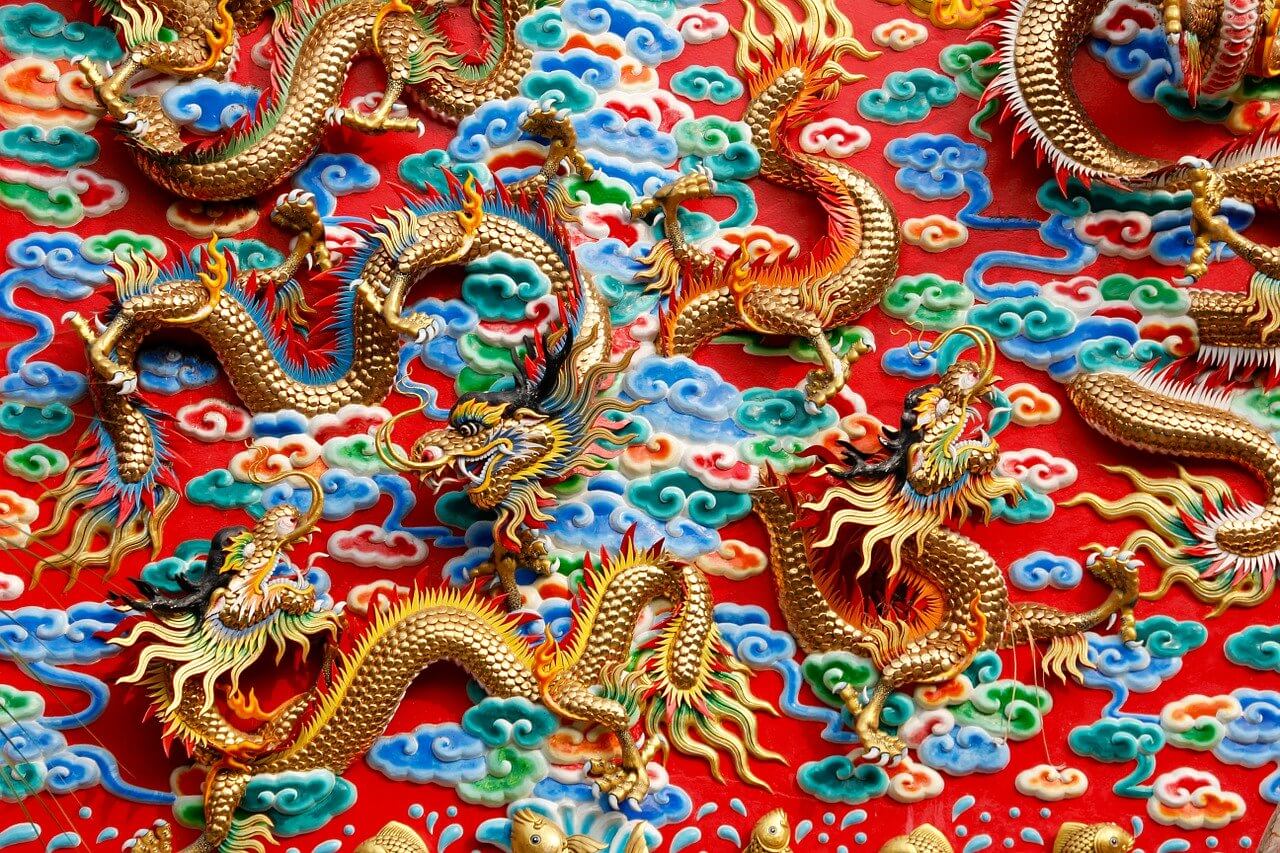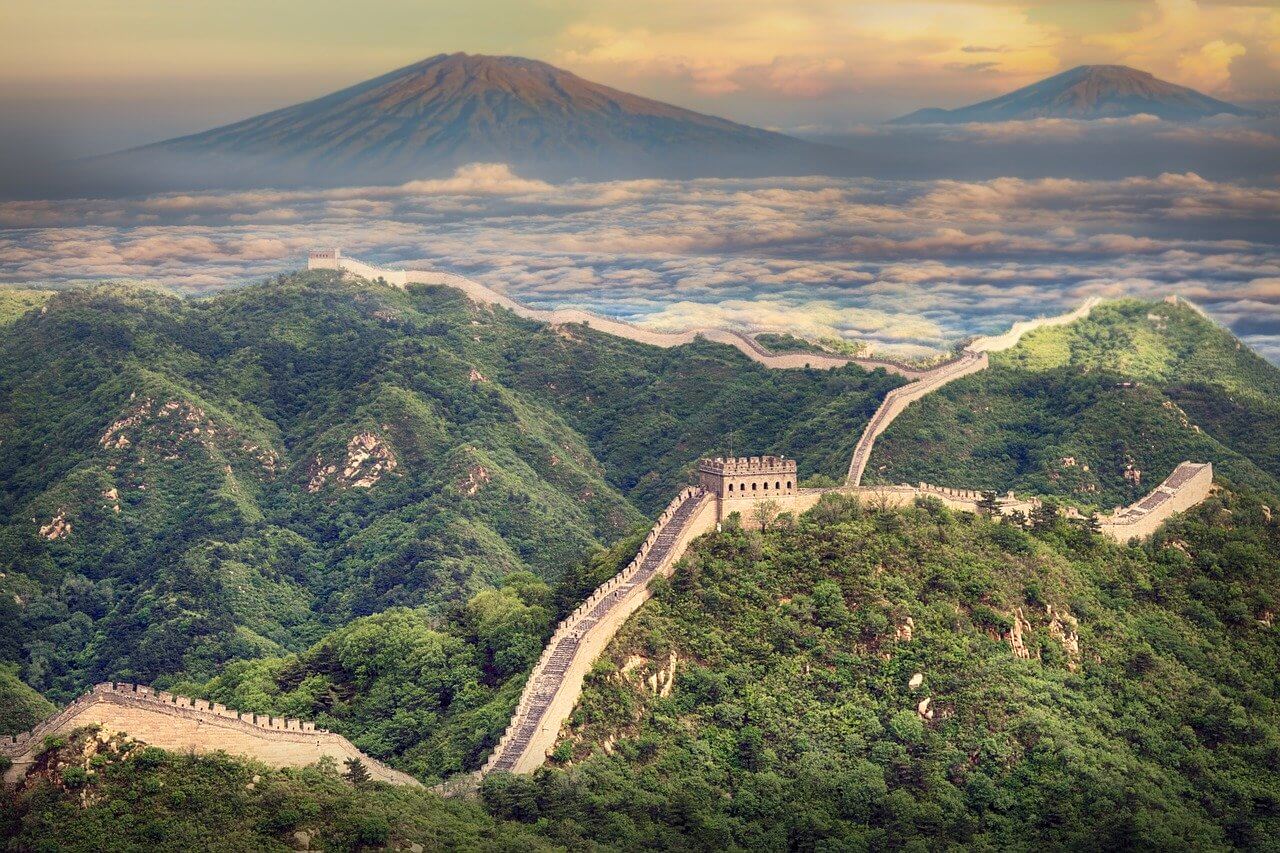Explore the fascinating culture and history of China through its 10 defining characteristics. From the country’s vast population and diverse geography to its rich traditions and modern innovations, discover what makes China one of the world’s most unique and influential nations.
The present People’s Republic of China, commonly known as China, is one of the most extensive countries in territory, more populated and richest culturally of the planet. It is one of the six known cradles of civilization, along with Egypt, Mesopotamia, India, Mesoamerica and the South American Andean Region.
The history of China dates from its habitation by human beings almost 460 thousand years ago, crossing a good number of monarchical dynasties that governed and unified their territory from the year 200 a. C., until its transformation in the Modern Age in a republic and, later, in a Republic of Communist Court in the wake of its Civil War.
China has occupied an important place in the imaginary of Western cultures, as a place of millennial secrets and secret knowledge. This despite the fact that its huge migration has brought Chinese citizens to all corners of the world and with them, above all, its gastronomy.
China is a country located in East Asia, with a vast population of over 1.4 billion people. It is the world’s third-largest country by area and has a diverse landscape, including mountains, plains, deserts, and coastline. China is known for its rich history, traditions, and culture, including contributions to art, philosophy, religion, cuisine, and technology. It is also one of the world’s leading economic and political powers, with a unique political system and global influence.

Characteristics Of China
1. First inhabitants
The first inhabitants of China were early humans who lived in the region around 2 million years ago. The earliest known hominid fossils found in China are of Homo erectus, who lived in the country around 1.8 million years ago. Archaeological evidence shows that Homo sapiens, or modern humans, lived in China as far back as 80,000 years ago. These early inhabitants of China lived as hunter-gatherers, and over time developed agriculture and formed complex societies. The first dynasties, or ruling families, emerged around 5,000 years ago, and Chinese civilization has continued to evolve and thrive ever since.
2. Dynasties
China has a long and complex history, with many dynasties rising and falling over thousands of years. A dynasty refers to a period of time when a certain ruling family or dynasty held power in China. Here are some of the major dynasties in Chinese history:
- Xia Dynasty (c. 2100 BCE – c. 1600 BCE)
- Shang Dynasty (c. 1600 BCE – c. 1046 BCE)
- Zhou Dynasty (1046 BCE – 256 BCE)
- Qin Dynasty (221 BCE – 206 BCE)
- Han Dynasty (206 BCE – 220 CE)
- Tang Dynasty (618 CE – 907 CE)
- Song Dynasty (960 CE – 1279 CE)
- Yuan Dynasty (1271 CE – 1368 CE)
- Ming Dynasty (1368 CE – 1644 CE)
- Qing Dynasty (1644 CE – 1912 CE)
Each dynasty left a significant mark on Chinese history, culture, and society, with many notable achievements in areas such as art, literature, philosophy, and science.
3. Population
China has the largest population of any country in the world, with over 1.4 billion people as of 2021. The population of China has grown significantly over the past century, but the growth rate has slowed down in recent years due to the government’s population control policies, such as the one-child policy. The majority of the population lives in urban areas along the eastern coast of China, although there are still many rural areas in the western and central parts of the country.
China’s population is diverse, with over 50 recognized ethnic groups, although the Han Chinese make up the majority of the population at over 90%. The government recognizes 56 ethnic groups in total, with the largest minority groups being the Zhuang, Hui, Manchu, Uyghur, Miao, Yi, Tujia, and Tibetan.
4. Territory
China is a large country located in East Asia with a total land area of 9.6 million square kilometers (3.7 million square miles). It is the third-largest country in the world after Russia and Canada in terms of land area. China shares borders with 14 countries, including Russia, Mongolia, North Korea, Vietnam, Laos, Myanmar, India, and Pakistan.
China has a diverse landscape with mountains, plateaus, deserts, plains, and coastlines. The country is divided into 23 provinces, five autonomous regions, four municipalities, and two special administrative regions. The two special administrative regions are Hong Kong and Macau, which have a high degree of autonomy under the “One Country, Two Systems” policy. The four municipalities are Beijing, Shanghai, Tianjin, and Chongqing, which are directly controlled by the central government.

5. Language
The Chinese language is actually the composition of a series of Sino-Tibetan dialects, of which Mandarin is the most frequent and common-spoken (70% of the population), as opposed to others such as wu, yue, min, xiang , gan and hakka. For this reason, the official language of China is standard Mandarin, from the spoken language in Beijing.
The writing of this language is currently done in simplified Chinese characters, which replaced the traditional Chinese characters since 1956, which dated back thousands of years and allowed the written communication of the various Chinese kingdoms, despite the dialectal diversity.
6. Political organization
The Chinese territory consists of twenty-two provinces, five autonomous regions, four municipalities under central jurisdiction and two regions of special administration. The Chinese government also claims jurisdiction over Taiwan, which is a political dispute between the People’s Republic of China and the Republic of China, whose territory is limited to Taiwan and some Pacific islands.
From 1912 China abandoned its monarchical model in favor of a republican one, until it was occupied by the Japanese Empire in World War II. After the defeat and withdrawal of the latter in 1945, tensions between nationalist and socialist groups led to a civil war in which a monoparty socialist government headed by Mao Tse Tung was imposed in 1949.

7. Economy
Despite being a communist regime, the Chinese economy is one of the most robust in the world today, which is why it has been considered an emerging superpower for decades. China is the world’s largest exporter and importer of goods, as well as the first recognized industrial power. It is, in addition, the second power in terms of nominal Gross Domestic Product, and manages the second largest military budget in the world, after the United States.
8. Religiosity
In the Chinese constitution the right to freedom of worship is enshrined, since it is a secular state. However, its particular religiosity consists of a syncretism between three main doctrines: Confucianism, Buddhism and Taoism. In much lower proportions, it is possible to find Christian and Muslim settlers.

9. Main cities
China has many large and important cities, some of which are among the largest and most populous in the world. Here are some of the main cities in China:
- Beijing – the capital city of China and a major cultural and political center.
- Shanghai – the largest city in China and a global financial and trade hub.
- Guangzhou – a major port city in southern China, known for its economic growth and international trade.
- Shenzhen – a rapidly growing city located in the Pearl River Delta, known for its innovation and high-tech industries.
- Chengdu – the capital city of Sichuan province, known for its history, culture, and cuisine.
- Xi’an – an ancient city in central China, famous for its Terracotta Warriors and historical significance as a former capital.
- Chongqing – a large city in southwestern China, known for its scenic beauty and spicy cuisine.
- Hangzhou – a city in eastern China, known for its beautiful West Lake and as a center for technology and e-commerce.
There are many other important and interesting cities in China, each with its own unique history, culture, and attractions.
10. Importance
The Chinese culture has great historical importance, given its great infrastructure works (bridges, temples, the Great Wall of China) and the invention of writing, gunpowder, silkworm breeding, the compass and many other implements, techniques and knowledge that still provides them with an aura of mystery, wisdom and transcendence for Western culture.